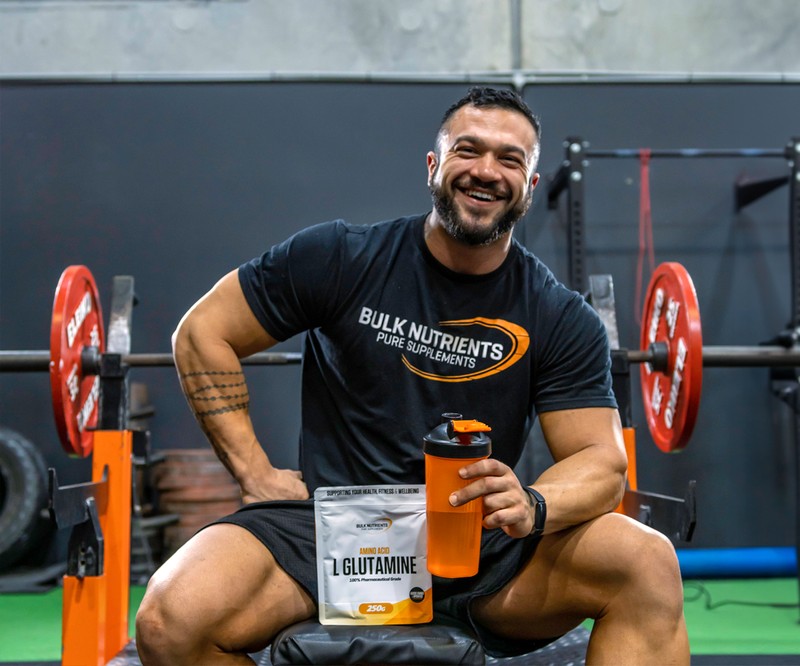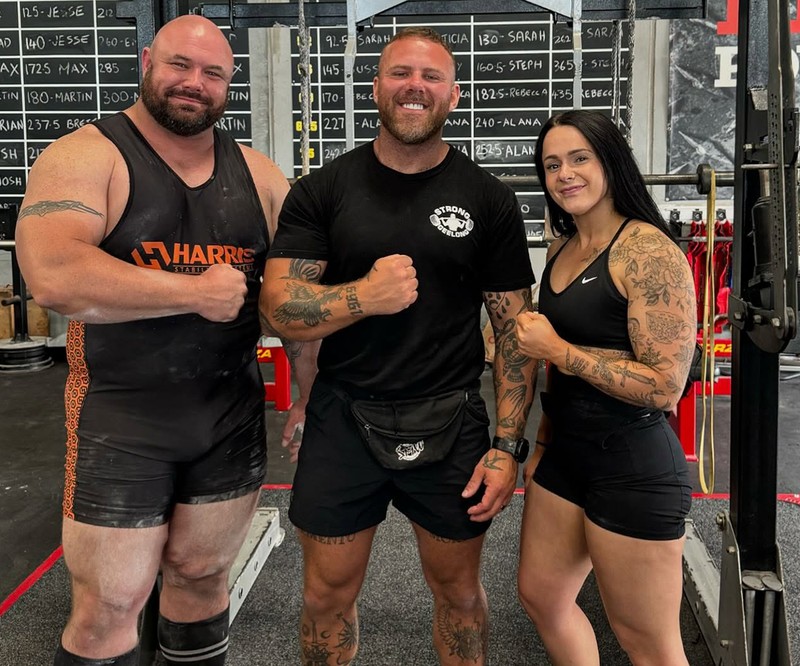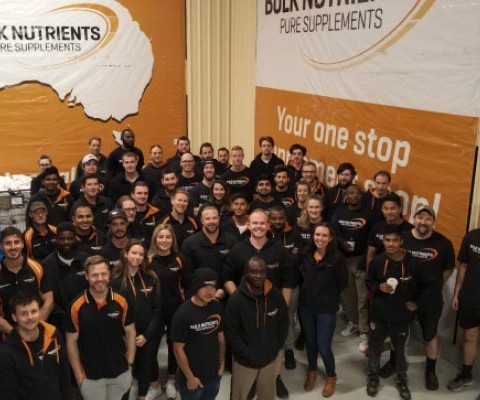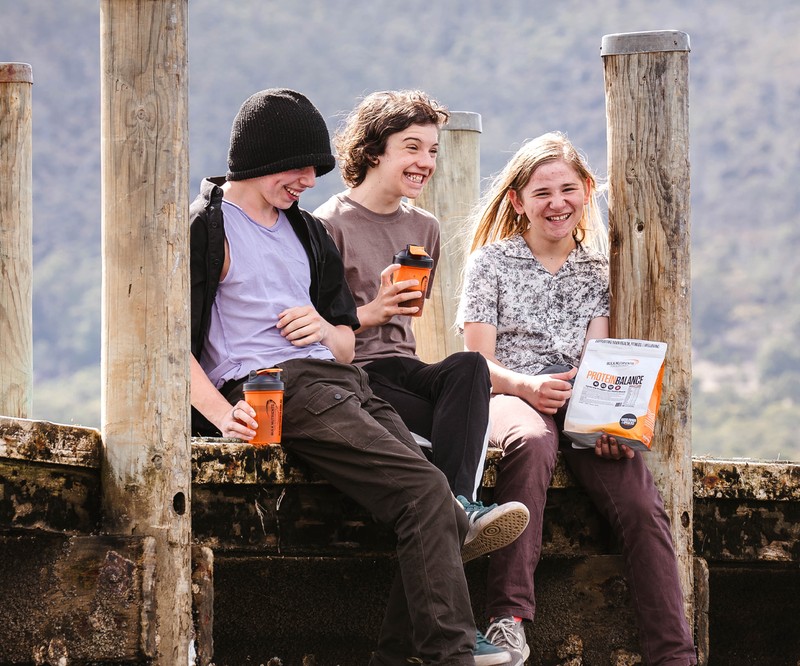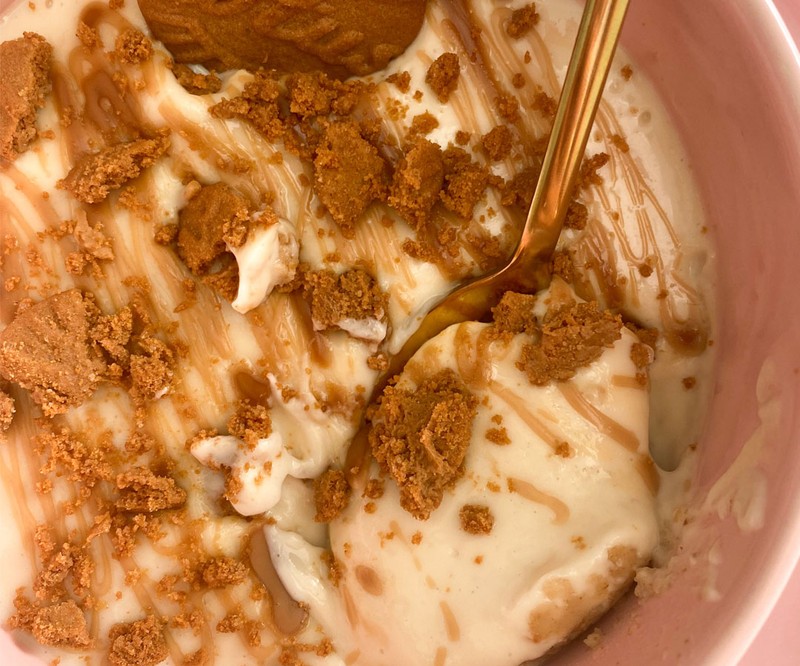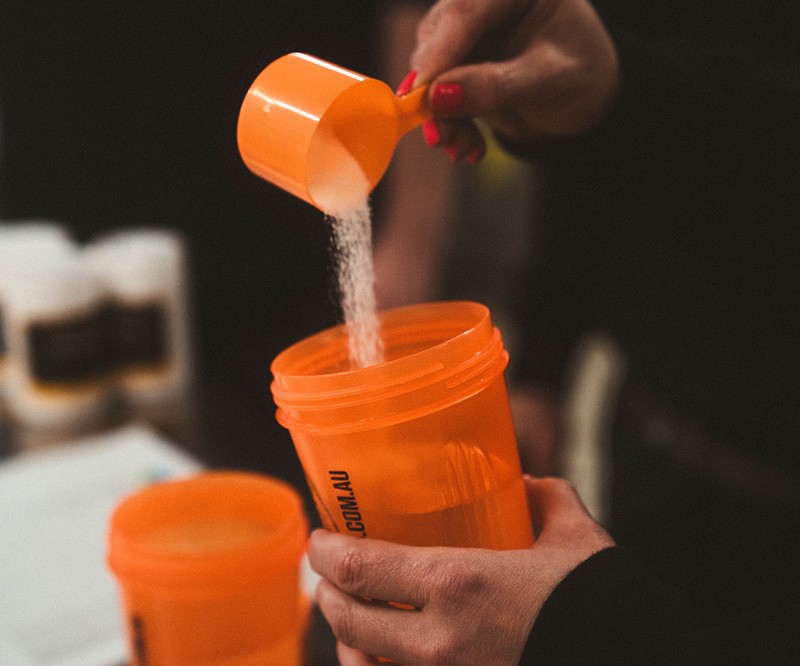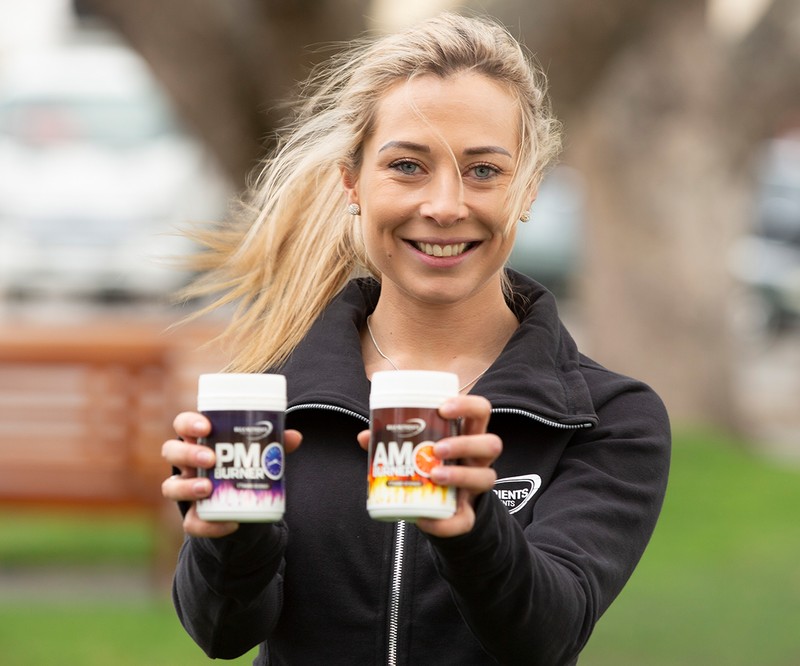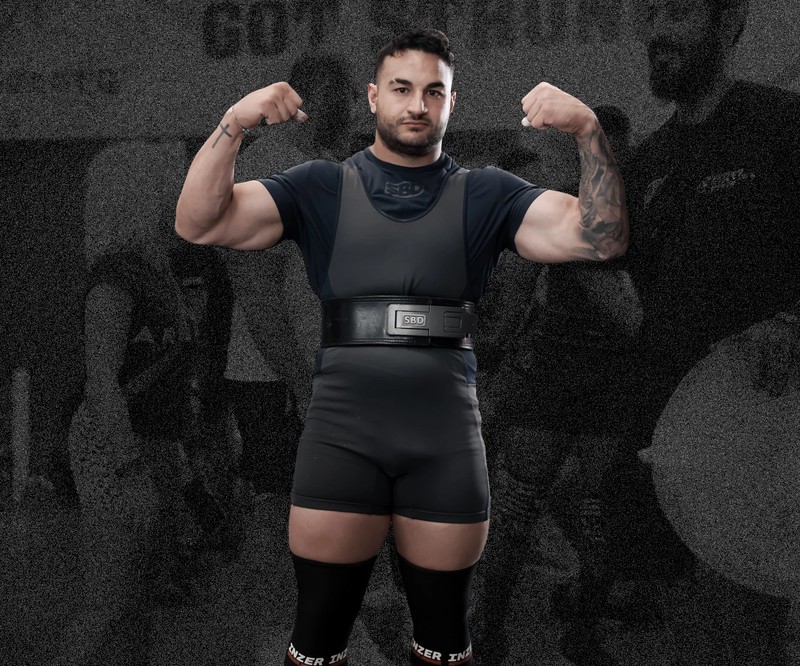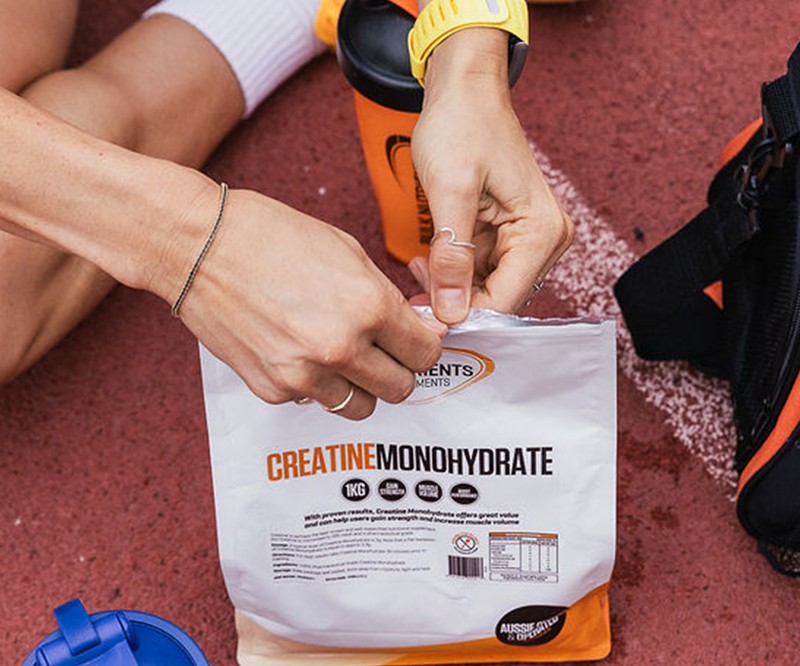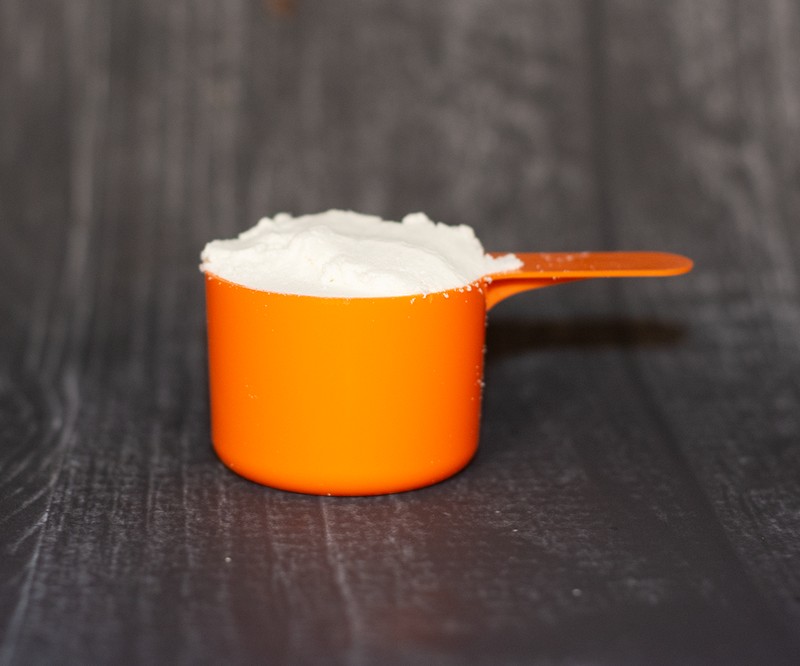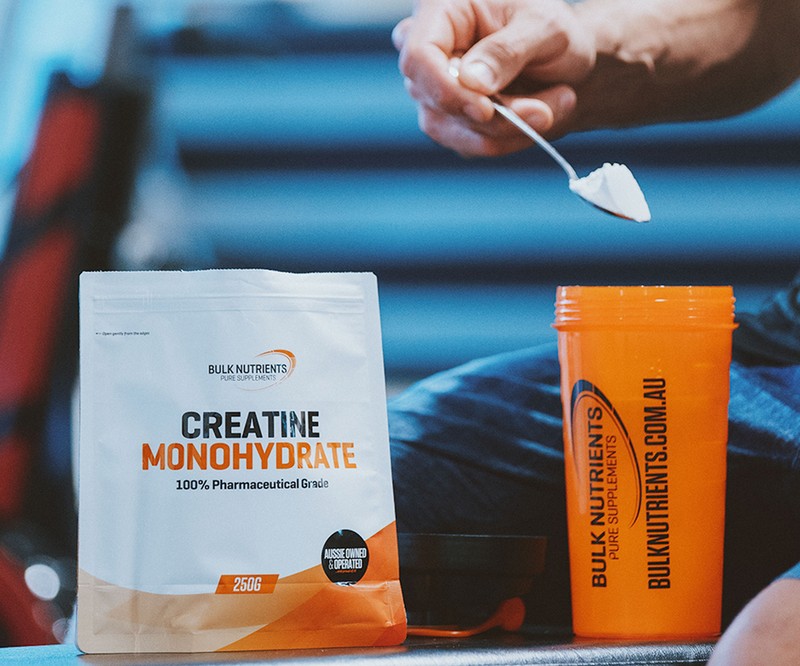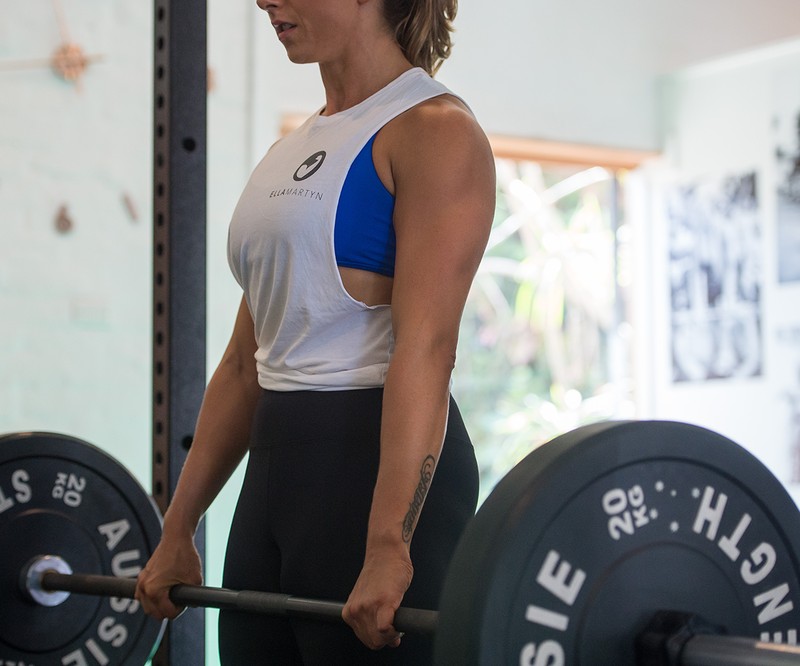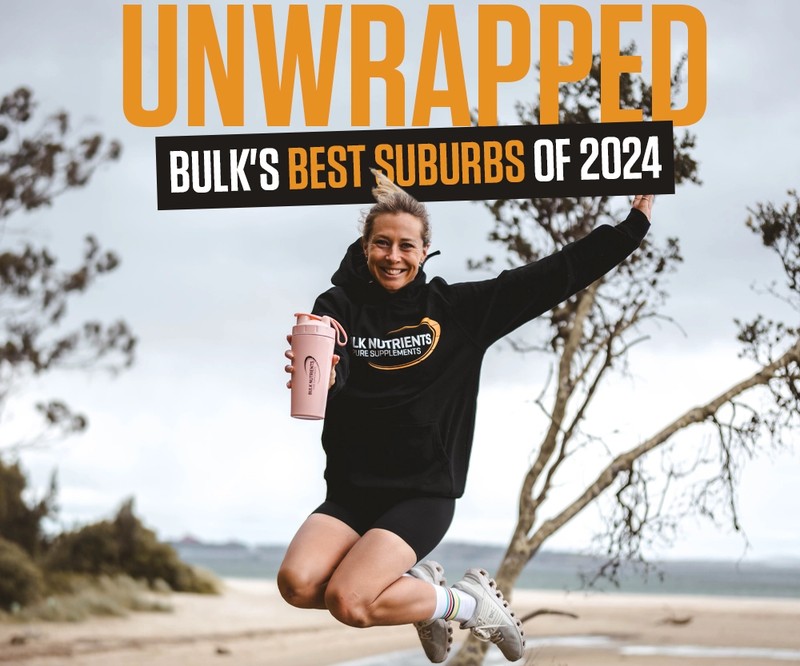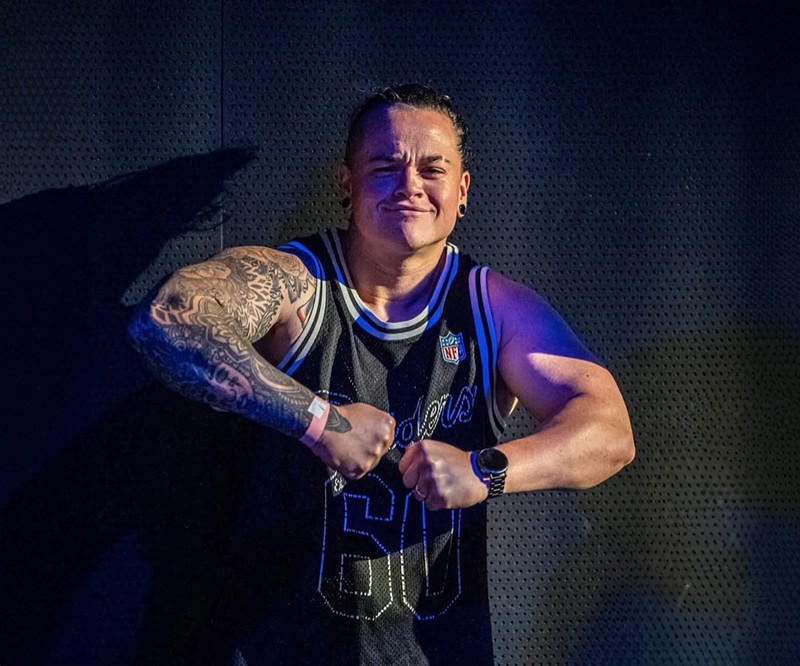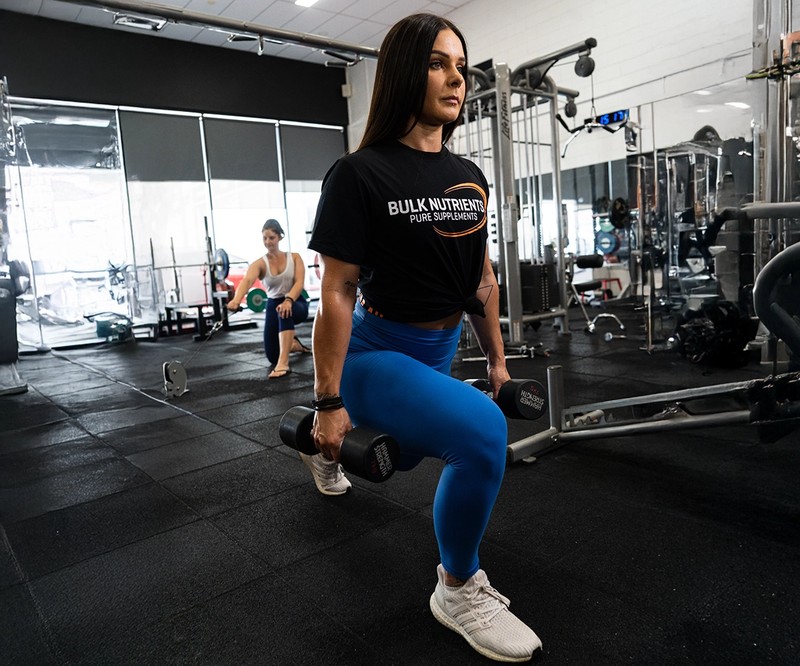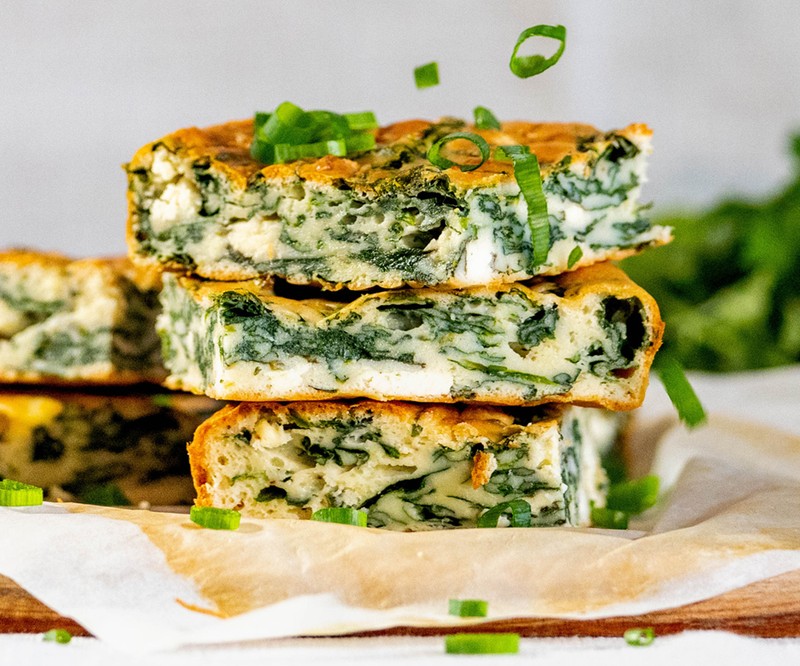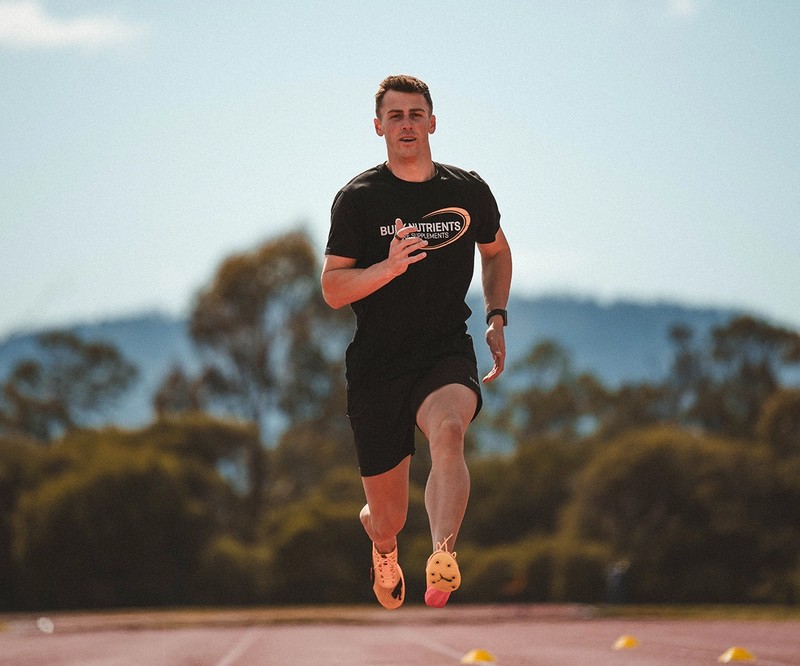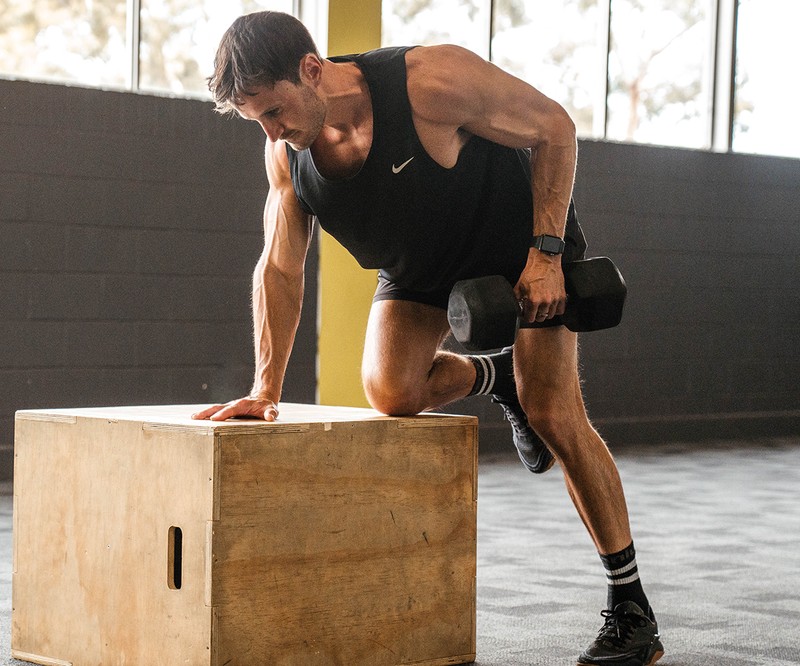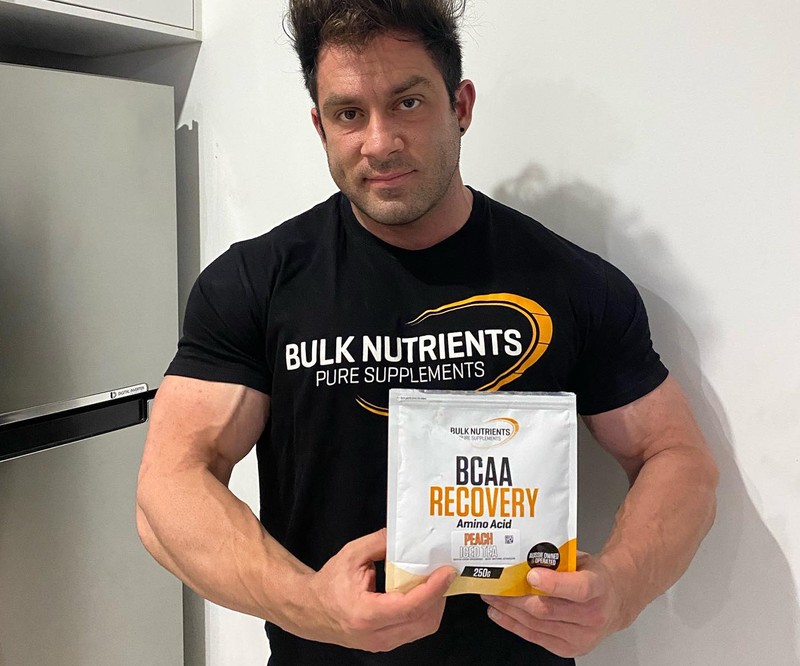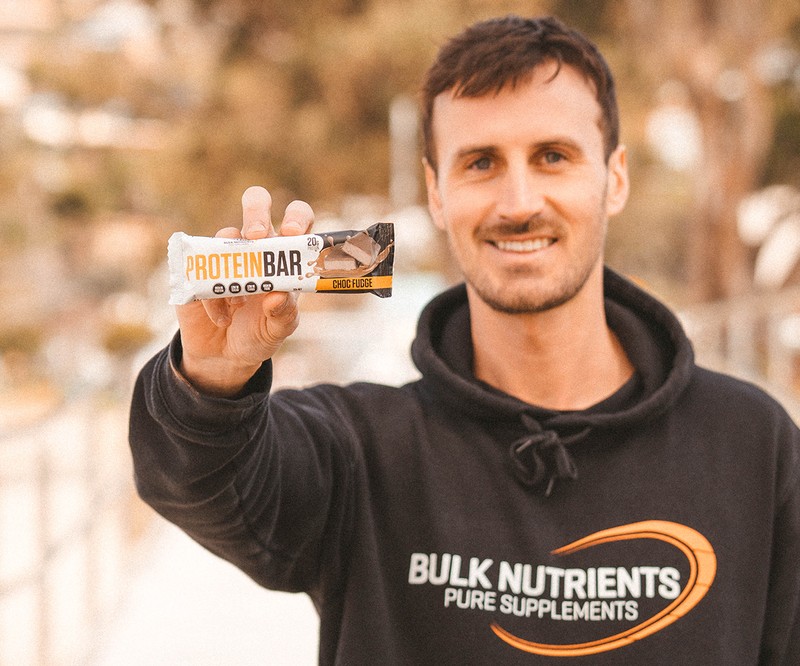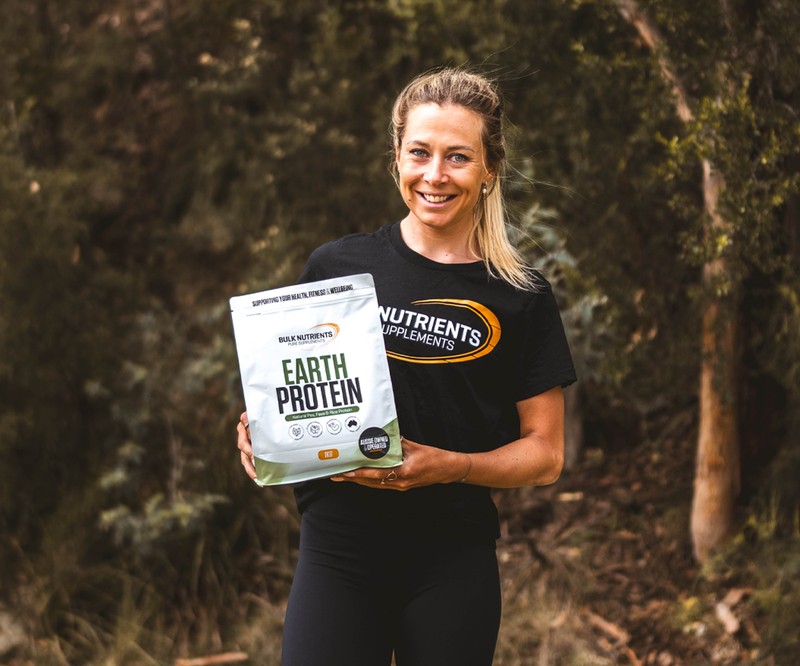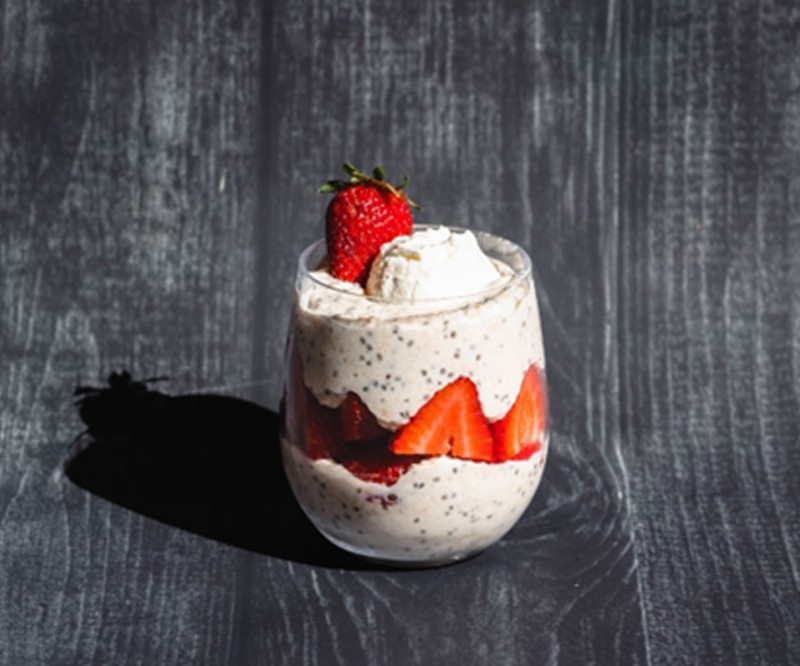The Best Exercises for Lats and Muscle Growth

The best exercise for lats?
Lat prayers are best explained by you watching the video below. As you'll see, lat prayers really isolate the lats and make them work.
Check out this YouTube video to see how to properly perform lat prayers.
Here is what to remember when performing lat prayers:
- Start on your knees or stand in front of a high cable setting. Use a V grip, W grip, or even a rope.
- Lean forward into the weight and ensure your arms are nearly but not quite fully extended. Ensure the tension stays in your lats by not going to 180 degrees but somewhere prior that's comfortable.
- With your arms straight, pull the bar (or whatever you're using) into your lap whilst you lean backwards.
- When you're at the bottom, your elbows should be in line with your torso.
So, what's so special about lat prayers? Why are they so effective?
Let's start with one of the three principles of muscle growth: mechanical tension. Mechanical tension basically refers to generating as much muscle power as possible with a difficult weight and good form.
And a great way to induce mechanical tension is to maximise muscle tension throughout maximal muscle length, which isn't just lifting weight through a full range of motion (ROM). A complete ROM doesn't always mean maximal muscle length in the context of certain exercises, with the lats being a good example and hench the article.
We want to be performing at least some exercises that maximise muscle length, and we achieve this by doing exercises that induce stretch-mediated hypertrophy.
Stretch-meditated hypertrophy can occur when a muscle is forced to endure high muscle tension from a fully shortened to a fully lengthened position.
And this is why lat prayers are so effective; they allow for stretch-mediated hypertrophy. And this is possible due to the lats producing the most tension during a shoulder extension, which is what they're doing during a lat prayer.

To further explain why stretch-mediated hypertrophy is so important (and to contextualise it a bit more), let us tell you about a 2021 study into two different exercises for the hamstrings: seated and lying leg curls.
The researchers set up this study to see which exercise was better at inducing hamstring growth.
Subjects did the same training program with each leg for 12 weeks, with one leg performing seated leg curls, and the other doing lying leg curls. Both exercises achieve full ROM in the context of knee flexion, yet the researchers found seated leg curls induced significantly more hamstring growth.
So why did that happen? Well, the growth occurred in the hamstring heads that are situated across the hips. This occurred because sitting down (as opposed to lying down) stretches those heads at the hip (hence, stretch-mediated hypertrophy).
Put simply, when you're going seated hamstring curls, you're working those heads of the hamstrings at a longer muscle length than when you're lying down. And this is what's happening with your lats when you're doing lat prayers.
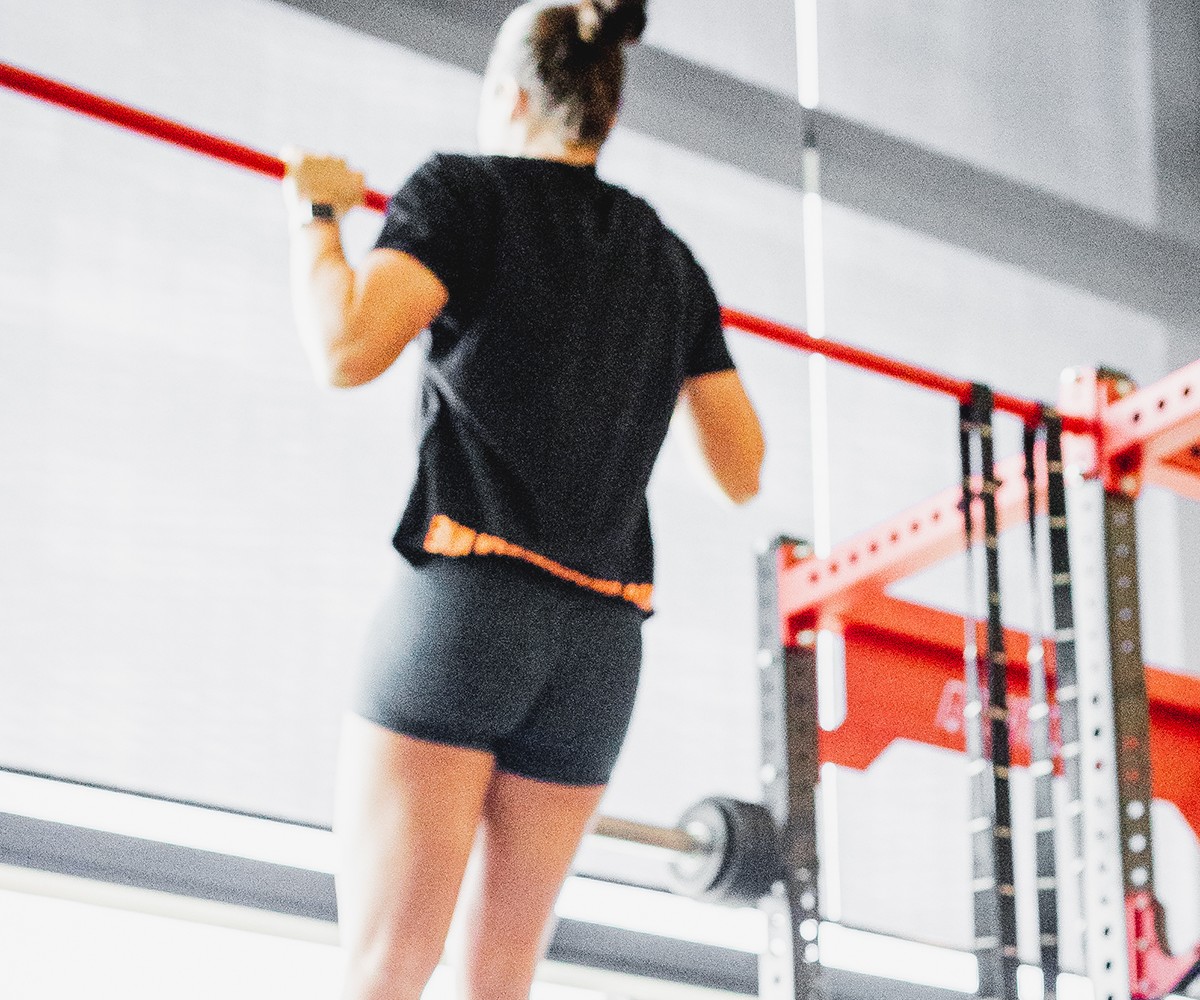
Back workout program for muscle growth
With this being said, here's a good program to consider for your next back workout:
- 3 x chin-ups
- 3 x lat pulldowns
- 5 x lat prayers
- 5 x barbell rows
You can mix it up too and start with lat prayers, to push your lats when you are at your freshest.
The key point to remember here is that a full range of motion doesn't always mean it's going to be the best. It's all about how the muscle is stretched. In the context of lats, lat prayers allow for a stretched muscle, and performing them means you can take advantage of stretch-mediated hypertrophy.
In the example of the hamstring study, we can see quite clearly that although both exercises examined allowed for a full range of motion, the seated hamstrings curls were better as the hamstring muscles situated across the hips were stretched! To maximise muscle size in the lats, be sure to adopt lat prayers into your workout program.
Ben Disseldorp
References:
- Edman KA, Reggiani C. The sarcomere length-tension relation determined in short segments of intact muscle fibres of the frog. J Physiol. 1987;385:709-732. doi:10.1113/jphysiol.1987.sp016516
- Maeo S, Huang M, Wu Y, Sakurai H, Kusagawa Y, Sugiyama T, Kanehisa H, Isaka T. Greater Hamstrings Muscle Hypertrophy but Similar Damage Protection after Training at Long versus Short Muscle Lengths. Med Sci Sports Exerc. 2021 Apr 1;53(4):825-837. doi: 10.1249/MSS.0000000000002523. PMID: 33009197; PMCID: PMC7969179.
- Park SY, Yoo WG. Differential activation of parts of the latissimus dorsi with various isometric shoulder exercises. J Electromyogr Kinesiol. 2014 Apr;24(2):253-7. doi: 10.1016/j.jelekin.2013.12.004. Epub 2013 Dec 31. PMID: 24462394.
- Schoenfeld BJ. The mechanisms of muscle hypertrophy and their application to resistance training. J Strength Cond Res. 2010 Oct;24(10):2857-72. doi: 10.1519/JSC.0b013e3181e840f3. PMID: 20847704.
Related Blogs
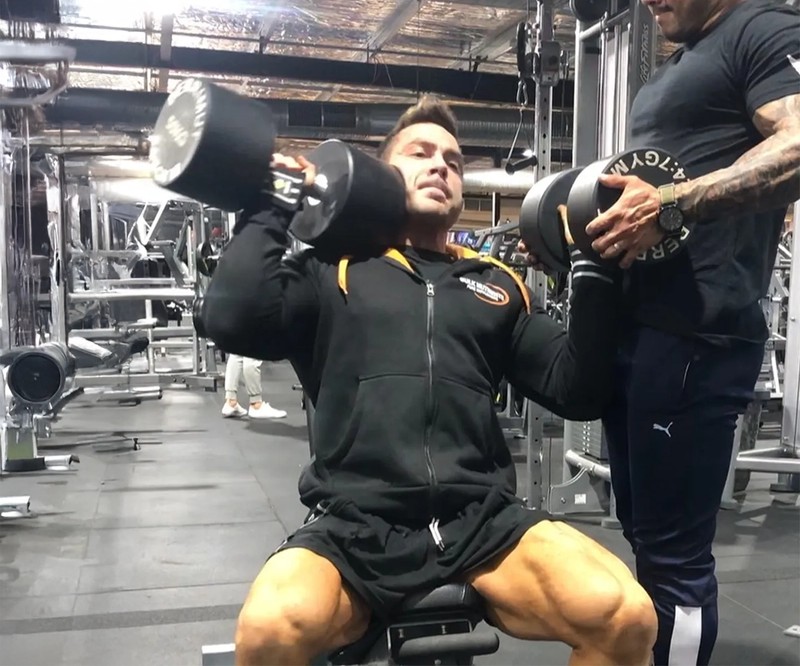
Science: The Best Exercises for Shoulders
Posted by Bulk Nutrients
Estimated reading time: 4 minutes
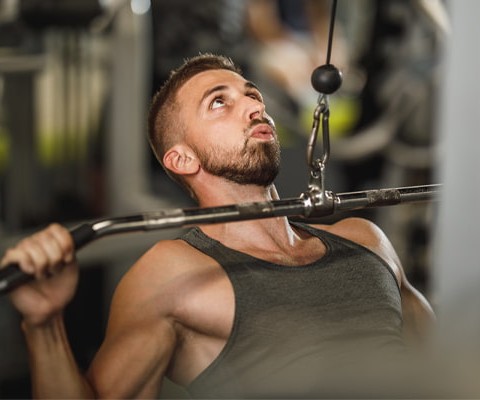
The Best Exercises for a Thick Back
Posted by Bulk Nutrients
Estimated reading time: 5 minutes
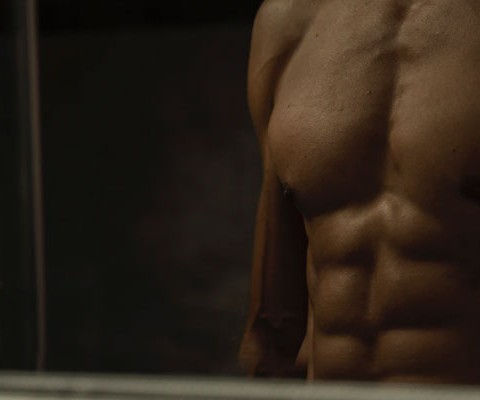
What’s the Best Exercise for Chest Growth?
Posted by Bulk Nutrients
Estimated reading time: 6 minutes




